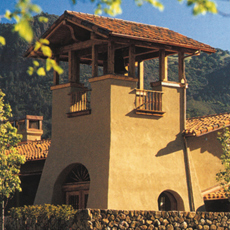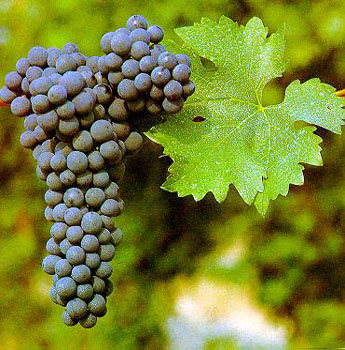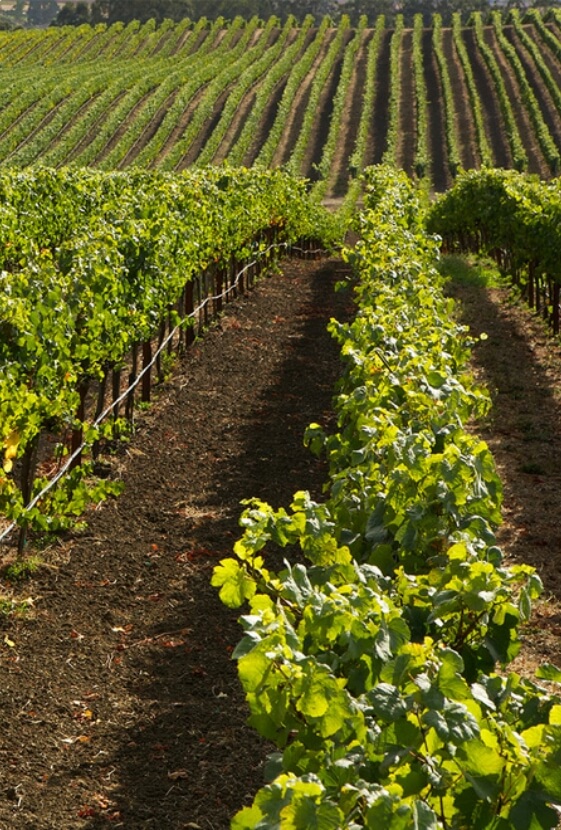

Sonoma County Cabernet Sauvignon 2016

Trade Tools
America / Sonoma County
The grapes for the Sonoma County Cabernet Sauvignon originate from four different appellations within Sonoma County. These carefully selected vineyards contribute individual qualities to the finished wine. For this thick-skinned and late-ripening variety, harvest often occurs from late October through November. All grapes are hand harvested, gently destemmed and crushed, then undergo fermentation separately by variety in temperature-controlled tanks. After both primary and malolactic fermentation are complete, the wines are each racked to their own barrel lot. Then the blend is made and the wine matures in bottle prior to release.
0
San Francisco Chronicle Wine Competition
2016 vintage
0 Points
Wine Spectator
2016 vintage
Harvest Note
Harvest in 2016 started in the middle of August during a pattern of warm sunny days cooled by foggy mornings and breezy afternoons for most of the area. The early months of the year were very mild with little rain allowing the vines to progress steadily and uneventfully. Yields throughout the region were slightly below average but moderate weather starting in early summer gave the fruit plenty of time to develop great color and flavor, resulting in beautifully balanced wines.
Tasting Note
Balanced and vibrant, this medium-bodied Cabernet Sauvignon shows off expressive aromas and flavors of dark, red fruits and berries with notes of black licorice, cocoa powder, dried sage and toast. The oak is well-integrated for good structure and a smooth, lingering finish.
Technical Data
GRAPES: 84% Cabernet Sauvignon, 9% Merlot, 3% Petit Verdot, with Malbec, Mourvedre and Syrah
APPELLATION: Sonoma County
PH: 3.76
ACIDITY: 0.56 g/100ml
ABV: 14.8%
AGING: 18 months, 100% French Oak
Unique Selling Points
- A rich, full-bodied California Cabernet
- Matured for 18 months in oak barrels for a complex flavor


"I've created a classic Cabernet Sauvignon with good structure and rich, dark fruit flavors that linger on the palate."
Chris Louton, Winemaker
About the Grape

Cabernet Sauvignon
Cabernet Sauvignon is adaptable to various growing conditions, and is known for its low yield and late ripeness. It generally produces full-bodied wines with substantial acidity and tannins.



